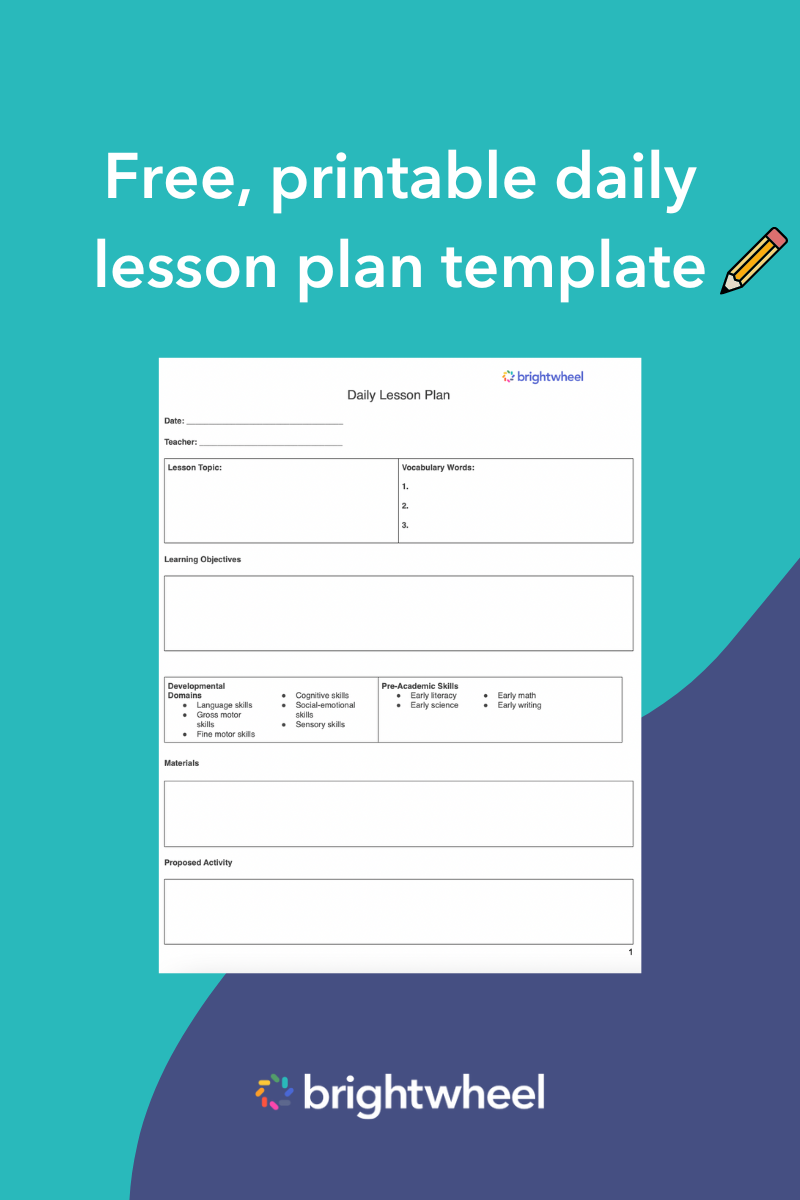As an educator, one of your responsibilities is to nurture the emotional development of young children. Emotional literacy, also known as emotional intelligence, is an essential component of early childhood education that plays a significant role in shaping a child's social and emotional competence. In addition, it impacts how they identify, understand, and express emotions. In this blog, we'll explore the importance of emotional literacy in early childhood education and provide practical activities to help children develop their emotional literacy skills.
What is emotional literacy?
Emotional literacy refers to a child's ability to identify, express, understand, and regulate their emotions. It also involves developing empathy, which is the ability to understand and share the feelings of others. Children who learn to recognize and express their emotions become better equipped to handle difficult situations and form healthy relationships. Emotional literacy also lays the foundation for their ability to interact successfully with others and develop social skills. Emotional intelligence consists of five elements:
- Self-awareness: Recognizing and understanding one's emotions and how they impact one's thoughts, behaviors, and interactions with others.
- Self-regulation: Managing and controlling emotions and impulses, especially in stressful or challenging situations.
- Motivation: Using emotional factors to drive and achieve goals while enjoying the learning process and overcoming obstacles.
- Empathy: Recognizing and understanding other people's emotions and perspectives and responding appropriately and effectively.
- Social skills: Positively managing relationships, communicating effectively, collaborating, and influencing and inspiring others.
The importance of emotional literacy
Emotional literacy is important for children because it enables them to understand, manage, and express their emotions in a healthy way. When children recognize and understand emotions in themselves and others, they can navigate their feelings, communicate with others, build empathy, and form meaningful connections. Additionally, it helps children develop a sense of self-awareness and ultimately build up their self-esteem and self-confidence early on. When they're able to recognize and express their emotions, they become more familiar with their strengths and weaknesses.
Research has shown that compared to children who are unable to understand, identify, and respond to their emotions or emotions of others, those who are emotionally literate tend to:
- Have greater academic achievement
- Fight less
- Cope well with stress and negative emotions
- Handle being alone well
- Engage less in self-destructive behaviors
- Focus better on tasks and control their internal impulses
- Have better mental health
- Form healthier relationships with others
Emotional expression in children
Emotional expression in young children can manifest in various ways, depending on their developmental stage and temperament. As children age, develop, and socialize with others, they learn, grow, and reach social-emotional milestones. For example, during infancy, some milestones include smiling, laughing, and clapping when they're happy. From 2 to 3 years old, children will begin to notice the emotions of others, and from 4 to 5 years old, they'll learn to comfort others who are sad.
Some common examples of emotional expression include:
- Facial expressions: Infants as young as a few weeks old can express emotions through facial expressions. For instance, a baby may smile or make a cooing sound in response to a parent's touch, indicating happiness or contentment. They may also furrow their brows or frown when they feel discomfort or frustration.
- Body language: Toddlers and preschoolers may use body language to express emotions. For example, they may fold their arms or stomp their feet in anger or excitement, slump their shoulders when feeling sad or disappointed, or hug their favorite toy when feeling comforted or scared.
- Verbal communication: As children develop language skills, they may start to communicate their emotions through words. This can include clear and direct statements such as, "I'm mad" when something or someone upsets them or "I'm scared" when they're frightened.
- Behavior: Children may also express emotions through their behavior. For instance, if they're upset or have an unmet need, they may display signs of challenging behavior, such as throwing a tantrum. They may isolate themselves and withdraw from social interactions if they're anxious, shy, or overwhelmed.
Feelings and emotions activities for preschool
As you create lesson plans and build your curriculum, you can incorporate various activities supporting children's abilities to develop their feelings and emotions. By using tools like brightwheel’s lesson plan feature, you can plan lessons and even track your observations and assessments regarding children's progress. Here are some activities you can include:
- Emotion sorting: Provide children with pictures of different facial expressions and have them sort them into different emotion categories.
- Arts and crafts: You can encourage children to draw and paint to express their feelings and help soothe and calm them if they're upset or sad. You can also use various materials like paper plates to have them make emotion masks, where they draw on different emotions, such as happy or sad.
- Playtime with others: Giving children the chance to play with children of all ages, backgrounds, and abilities encourages them to learn how to understand and manage their emotions.
- Focused breathing: Choose a short routine or coping strategy, such as sitting in a calm down corner or even meditating, to have children focus on taking deep breaths to calm down and sort through their emotions.
- Color-coded emotion: Have children assign colors to various feelings and emotions so they can use color association to remember those emotions. For example, if they're angry, their mood may be red; if they're excited, it may be green.
Support children and their emotional development
By developing early emotional literacy skills, children can become better equipped to navigate the challenges of growing up and eventually become emotionally resilient adults. In addition, giving them the tools they need to support their emotional development helps them expand their self-awareness and develop empathy, better mental health, and positive behavior and relationships, which are crucial skills for success in life.



